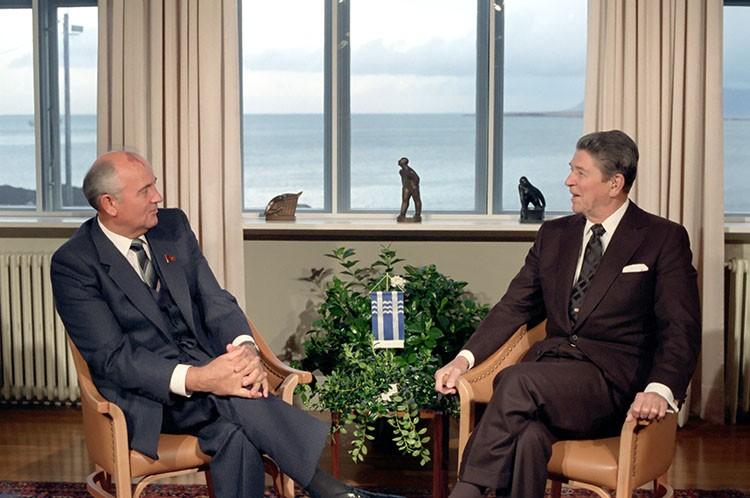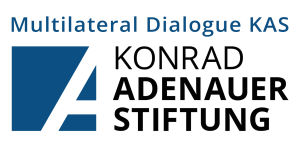In 1986 the world came tantalisingly close to renouncing nuclear weapons when US President Ronald Reagan and Soviet leader Mikhail Gorbachev met from 11-12 October 1986 for the Reykjavik Summit. The meeting was proposed to discuss significant reductions of offensive ballistic missiles. The US and USSR put forward arms control proposals, but could not reach agreement. The Soviets asked the US to provide a 10-year commitment not to withdraw from the ABM Treaty. The US expressed willingness to commit in case the USSR agreed to its counter proposals. The US suggested that both states reduce their strategic offensive forces 50 per cent by 1991, eliminate all offensive ballistic missiles by 1996, and agree that each of them could deploy advanced strategic defenses after 1996, unless both sides reach a consensus on doing otherwise. However, the matter that prevented such settlement was the US Strategic Defense Initiative (SDI). The Soviets suggested banning testing of space-based components of missile defense systems outside of laboratories, which was categorically rejected by Reagan.
Why It Matters
Many experts and diplomats, including Gorbachev himself, consider the Reykjavik Summit a turning point in the Cold War. The summit confirmed a shared view: both the United States and the Soviet Union wanted to come to nuclear weapons reductions. Reykjavik laid the groundwork for the Intermediate Nuclear Forces (INF) and the Strategic Offensive Arms Reductions (START) Treaties.
Further materials:
https://www.atomicheritage.org/history/reagan-and-gorbachev-reykjavik-summit
https://www.armscontrol.org/act/2006-09/looking-back-1986-reykjavik-summit
https://www.nti.org/analysis/articles/reykjavik-summit-legacy/





